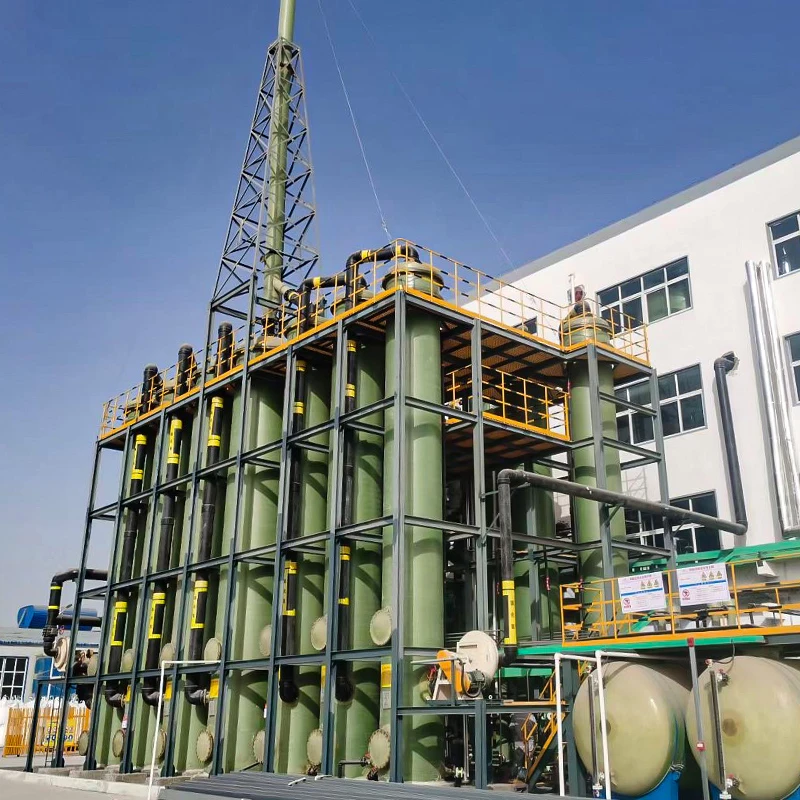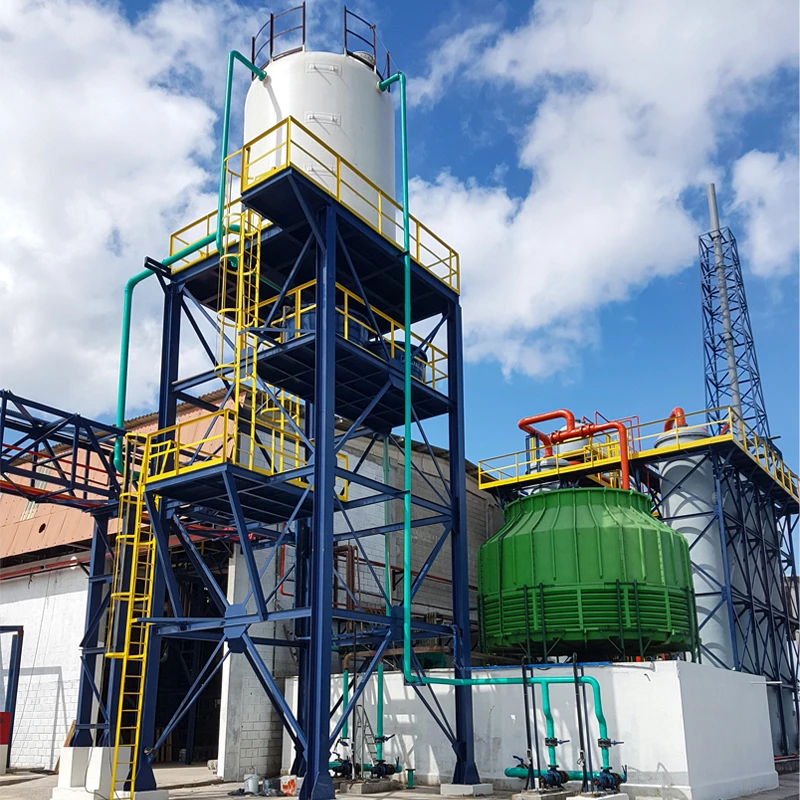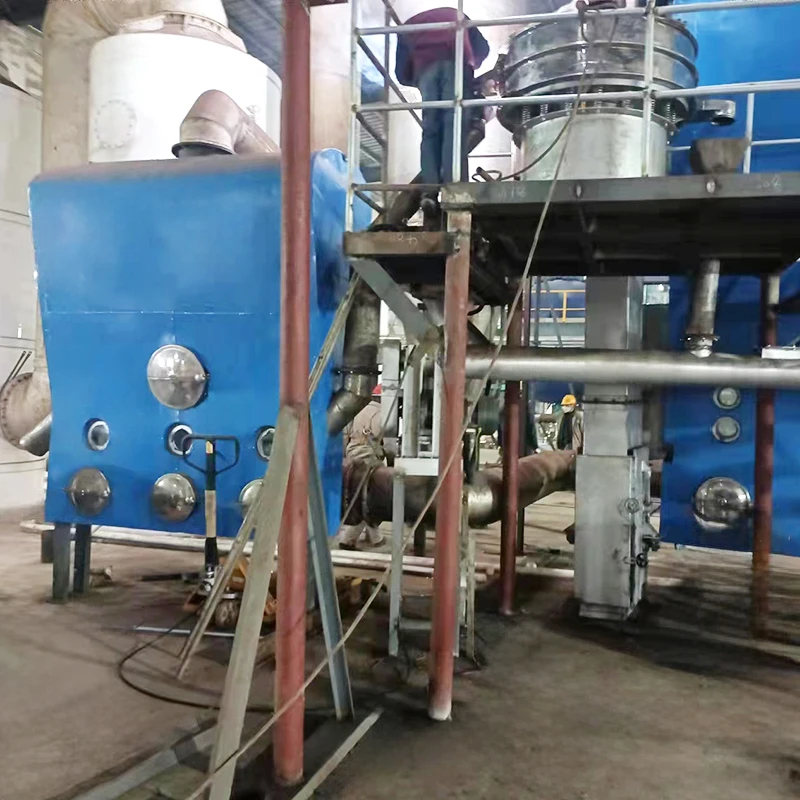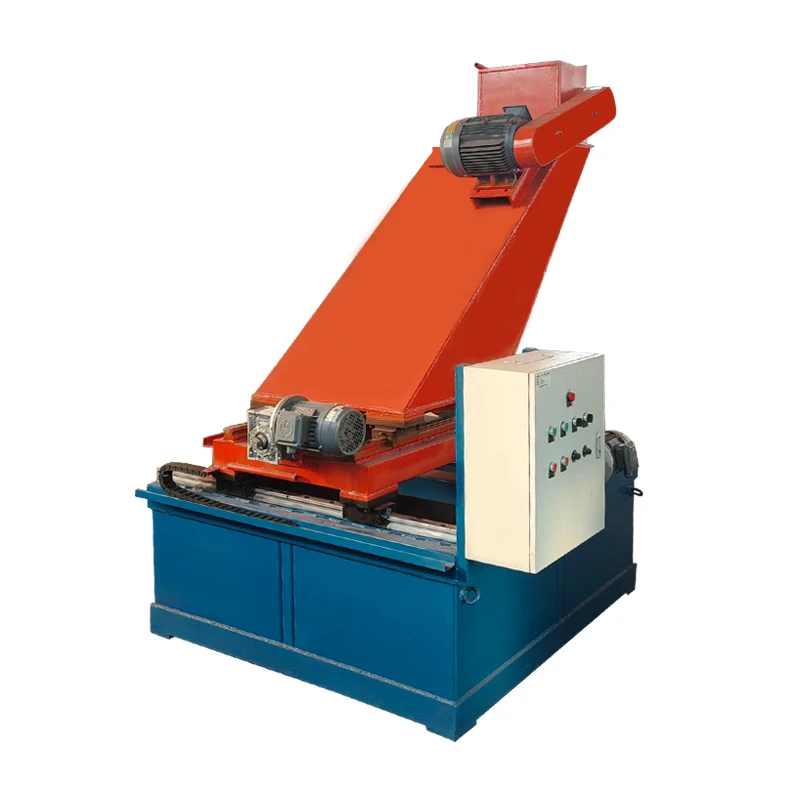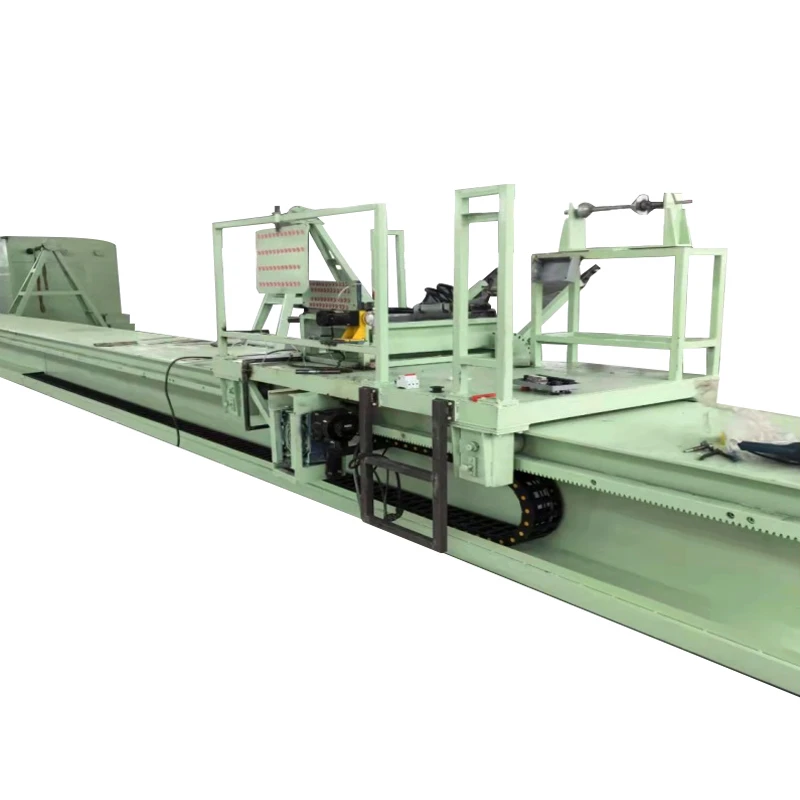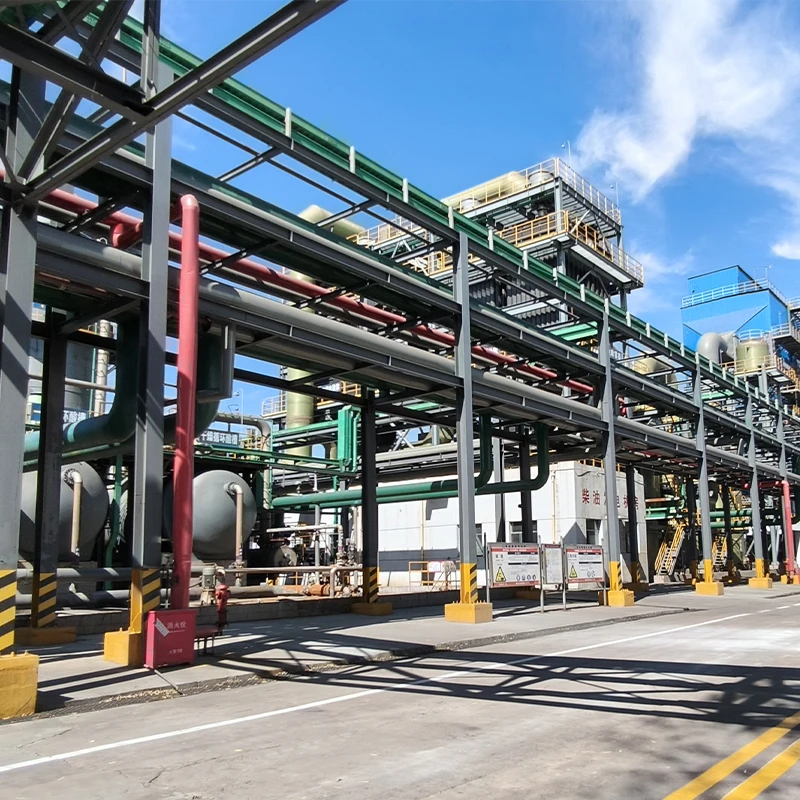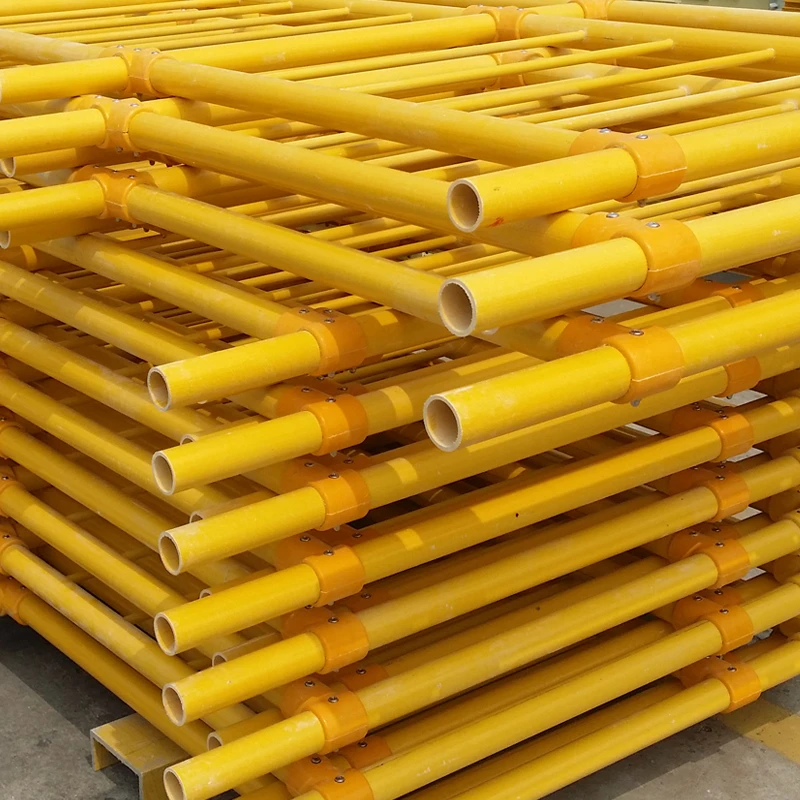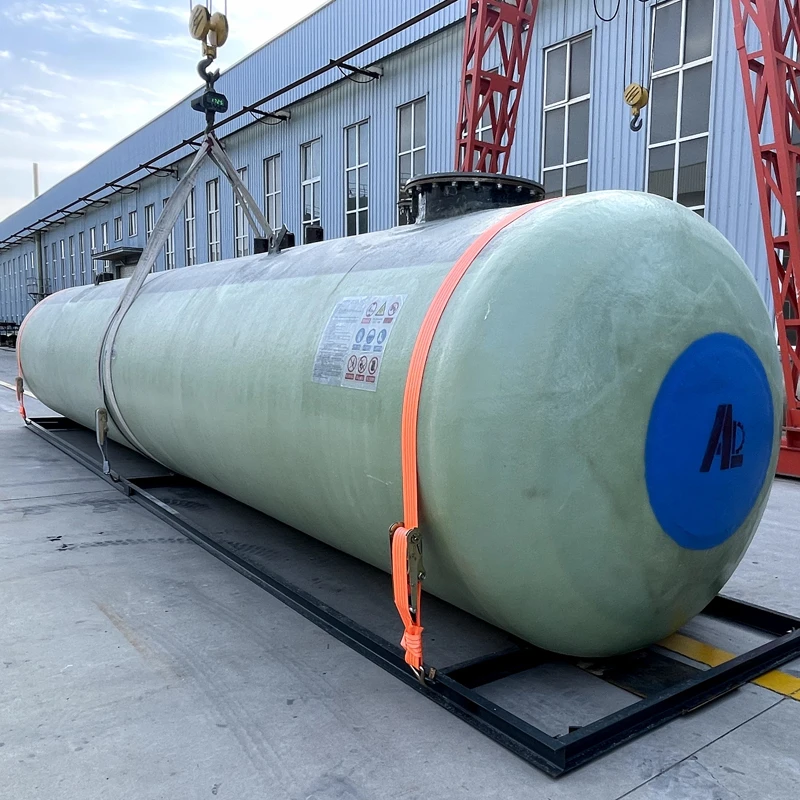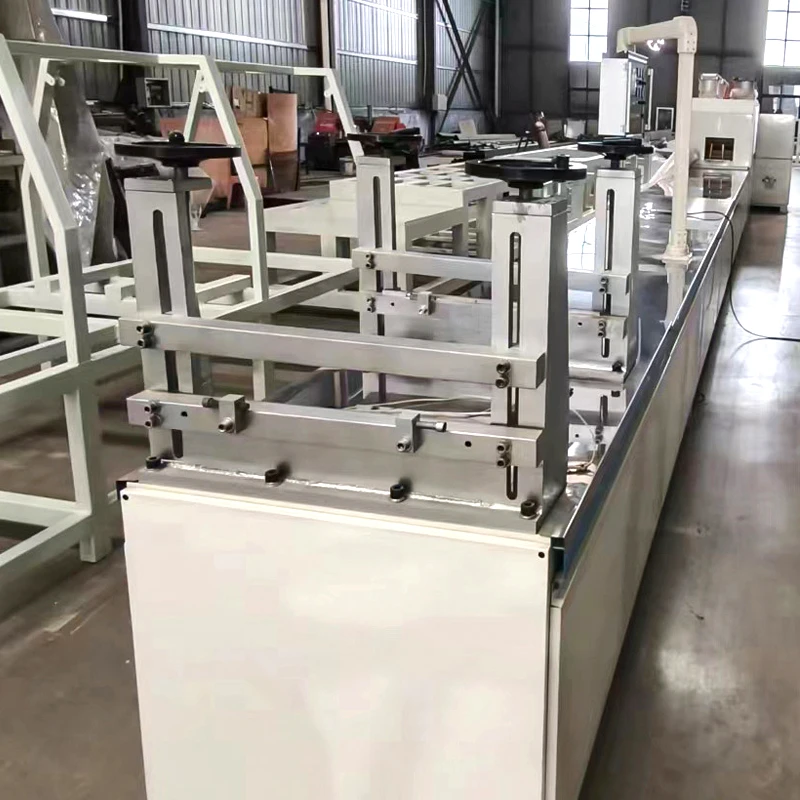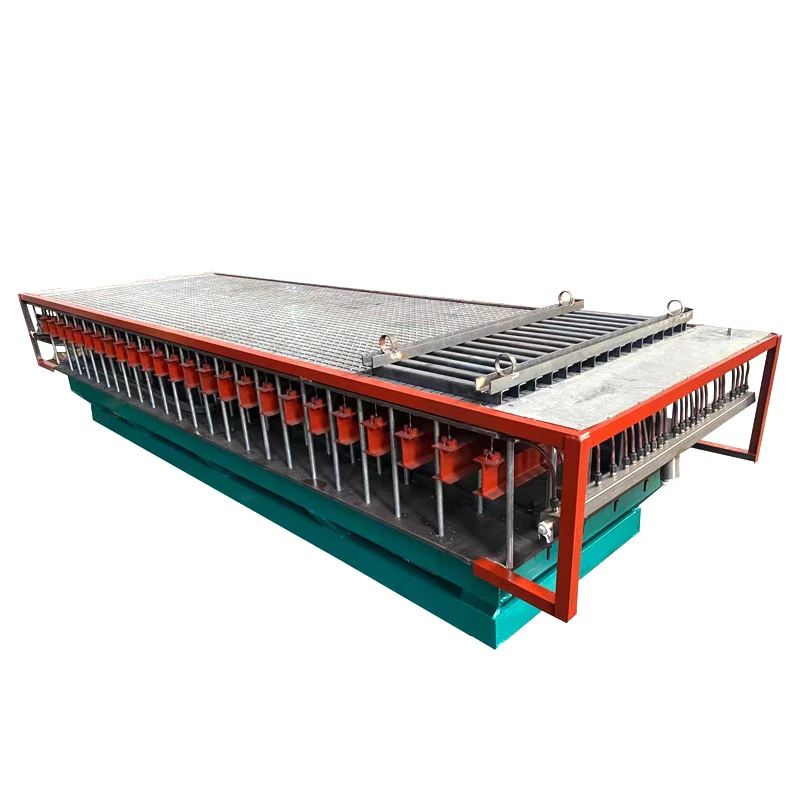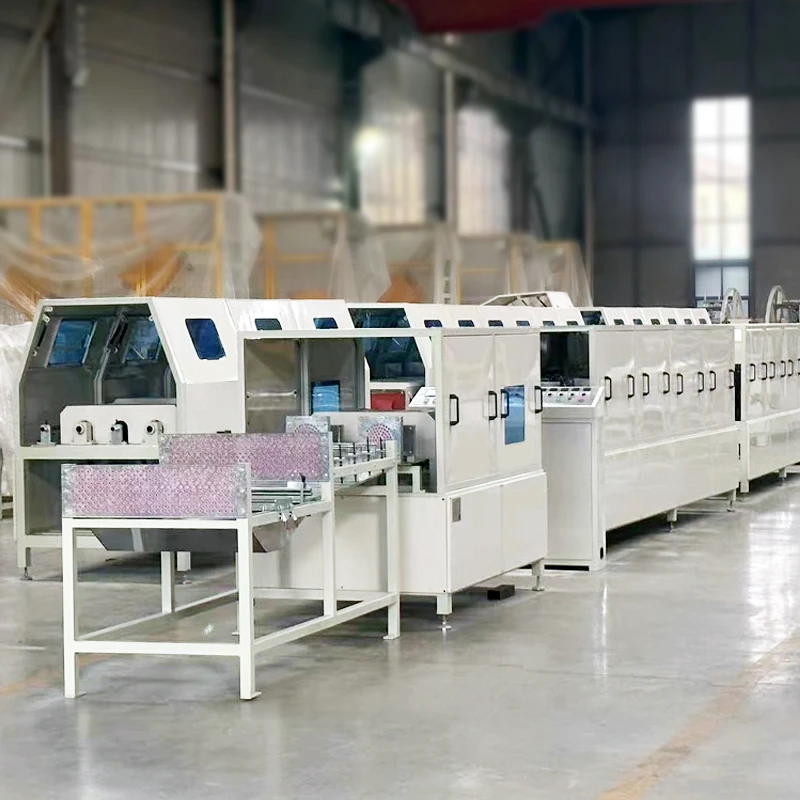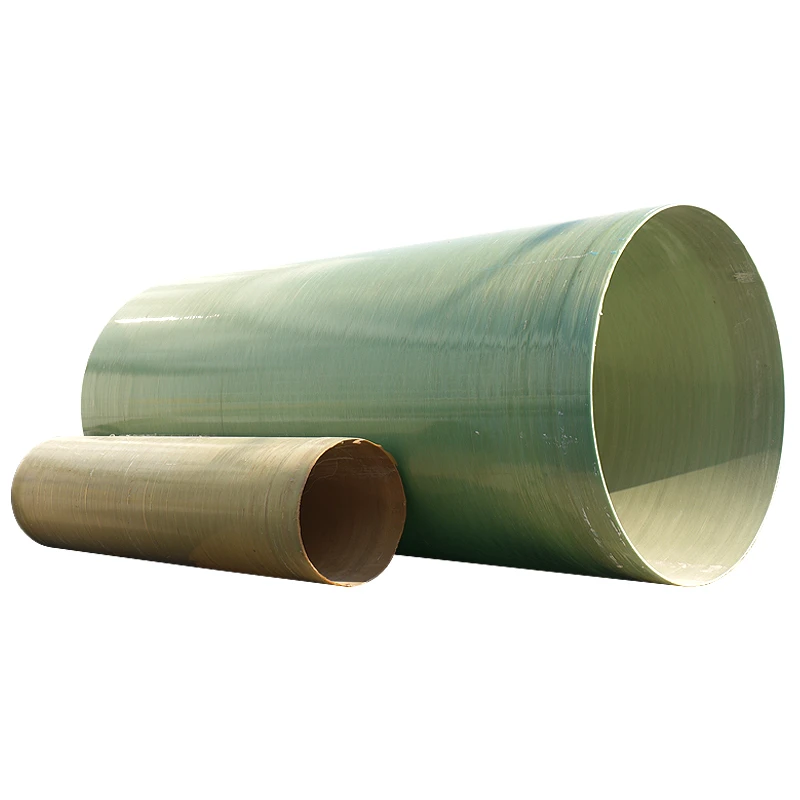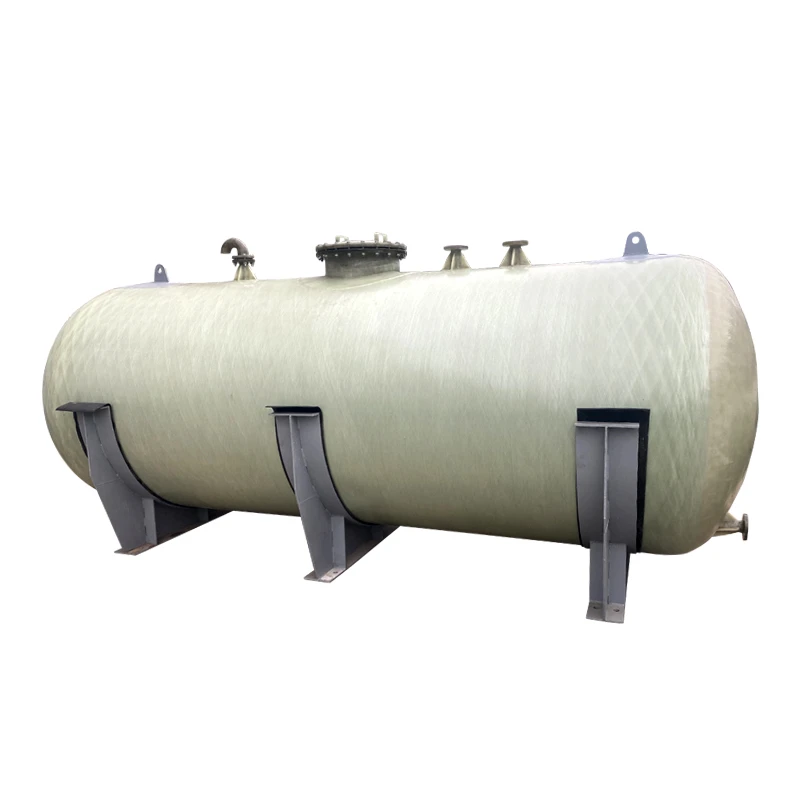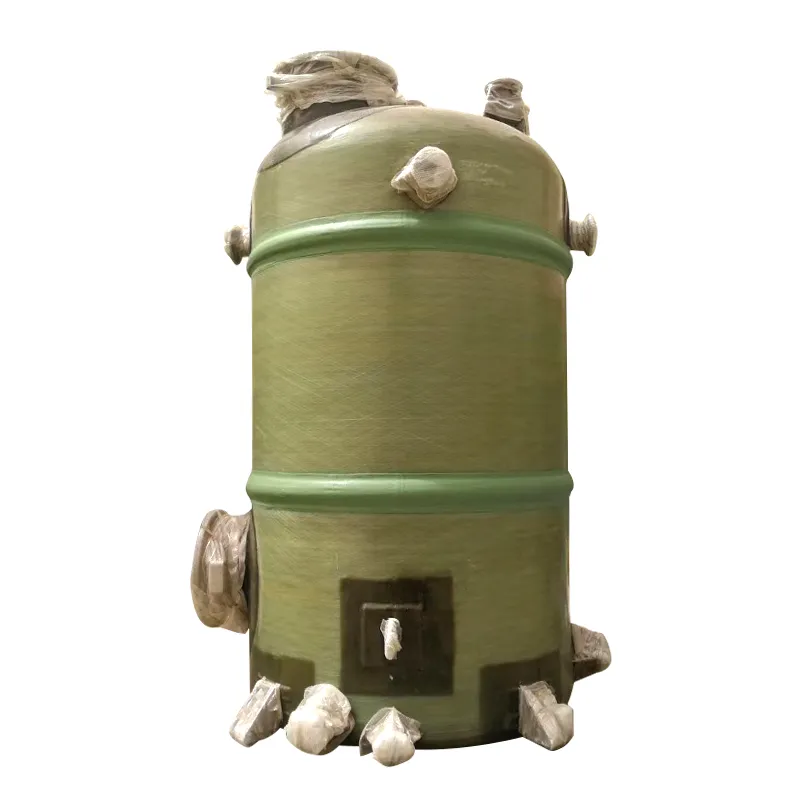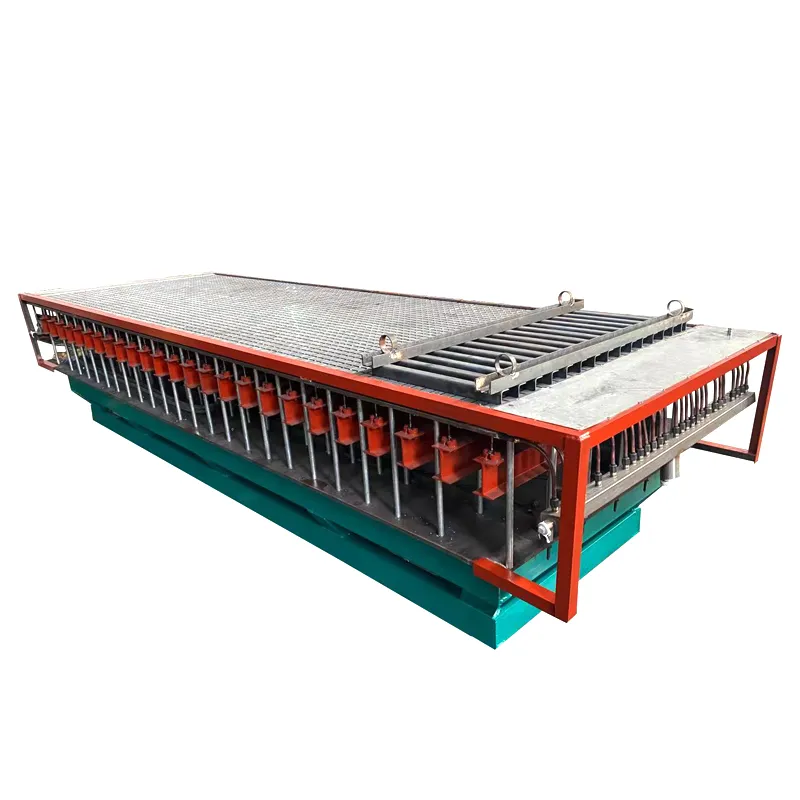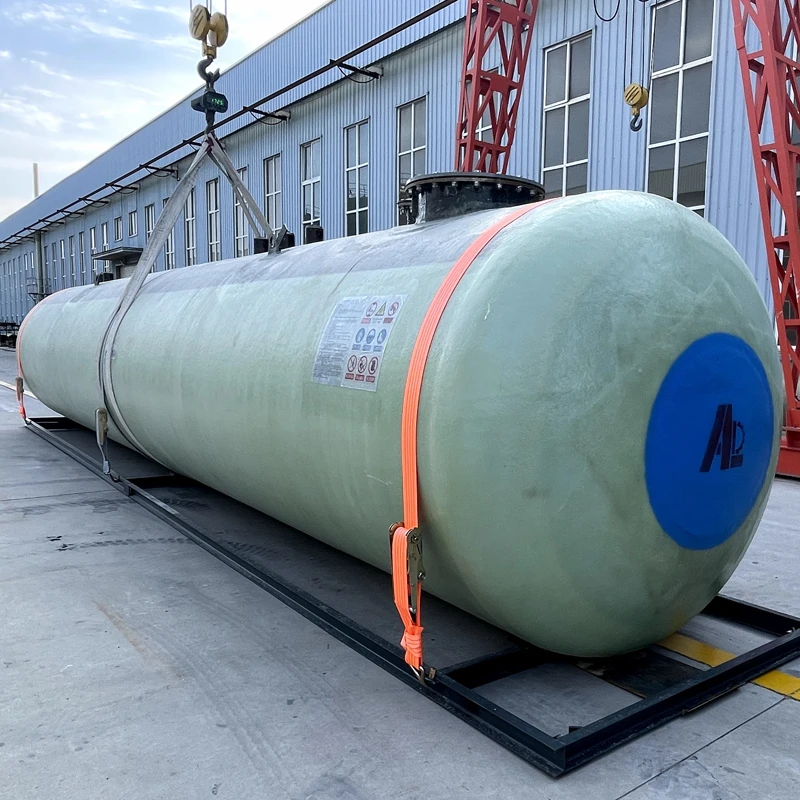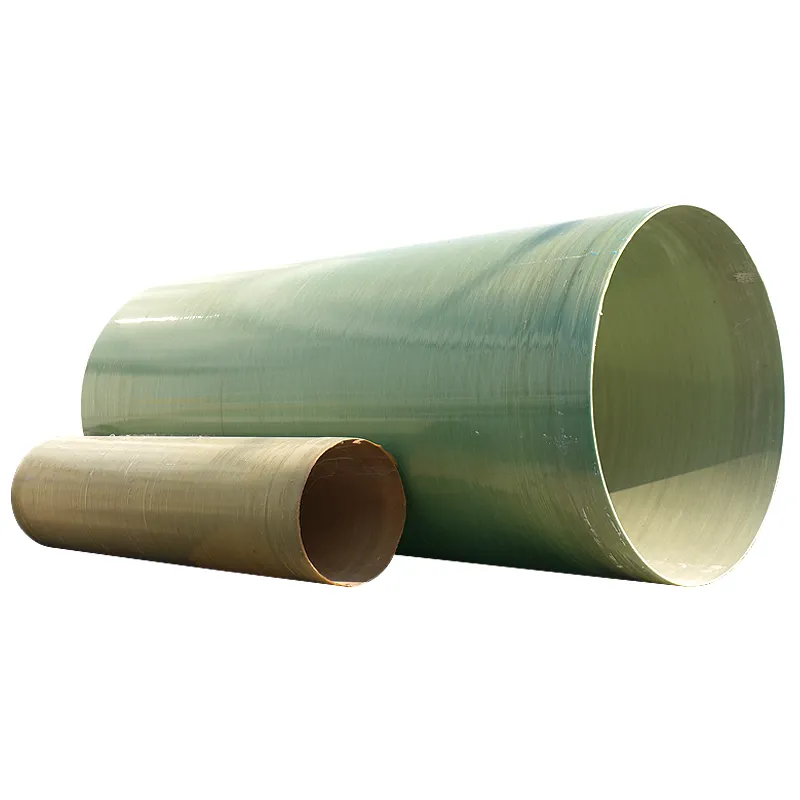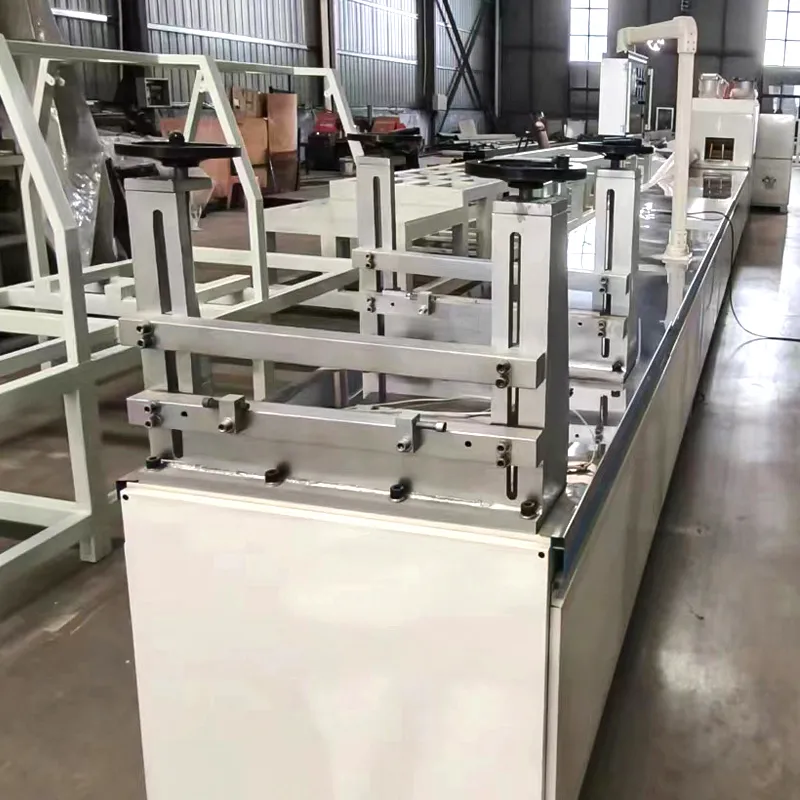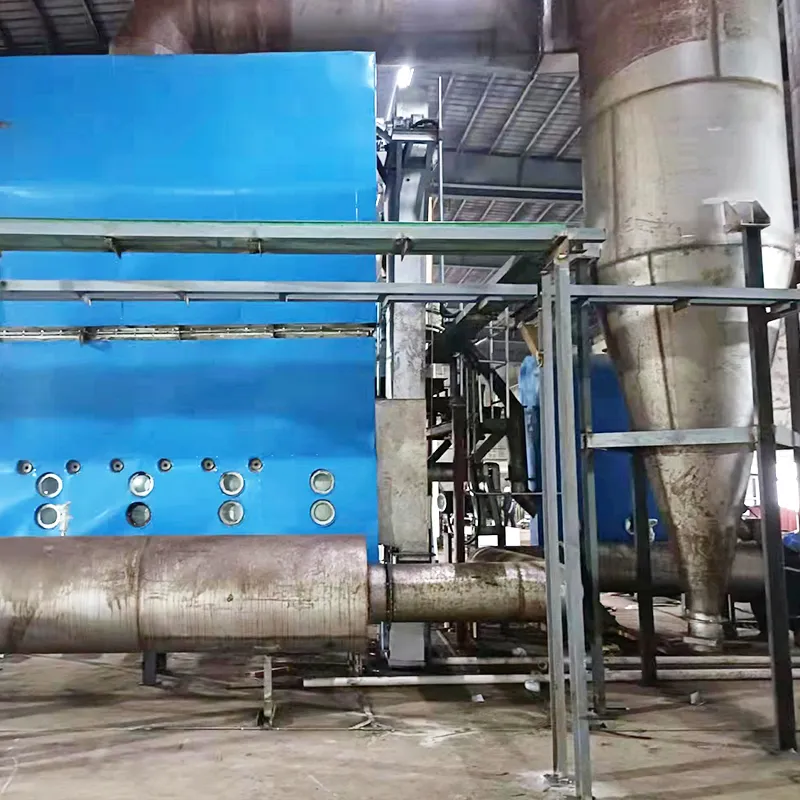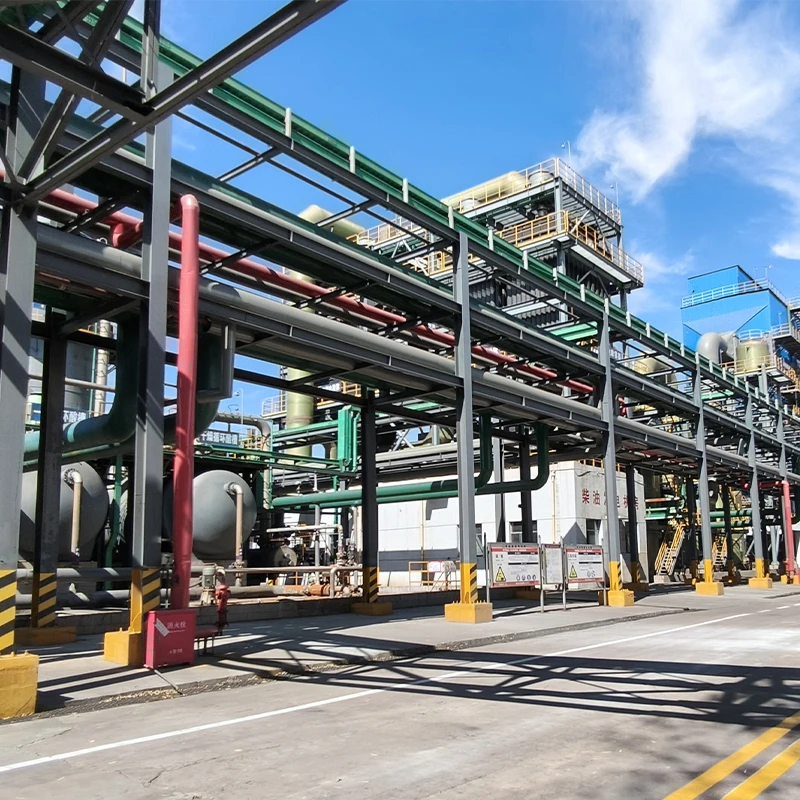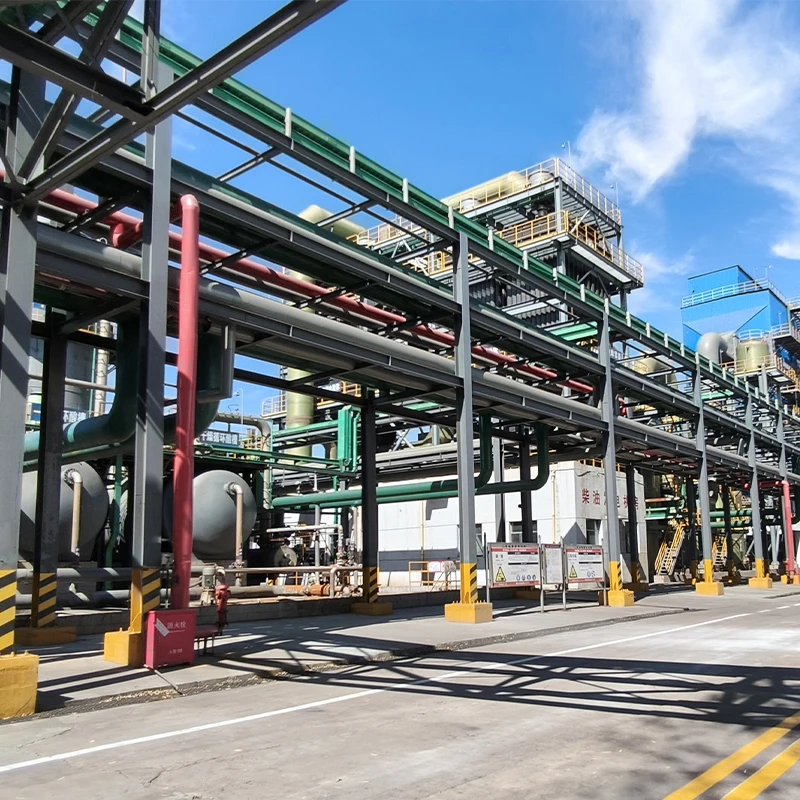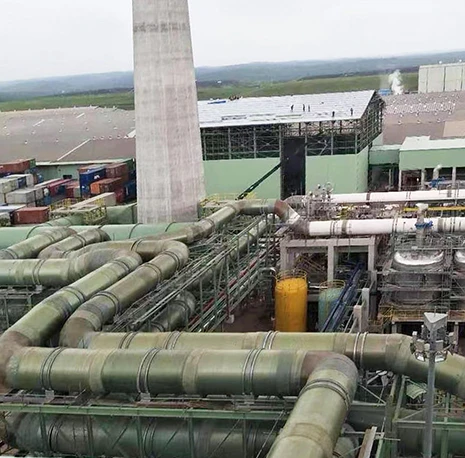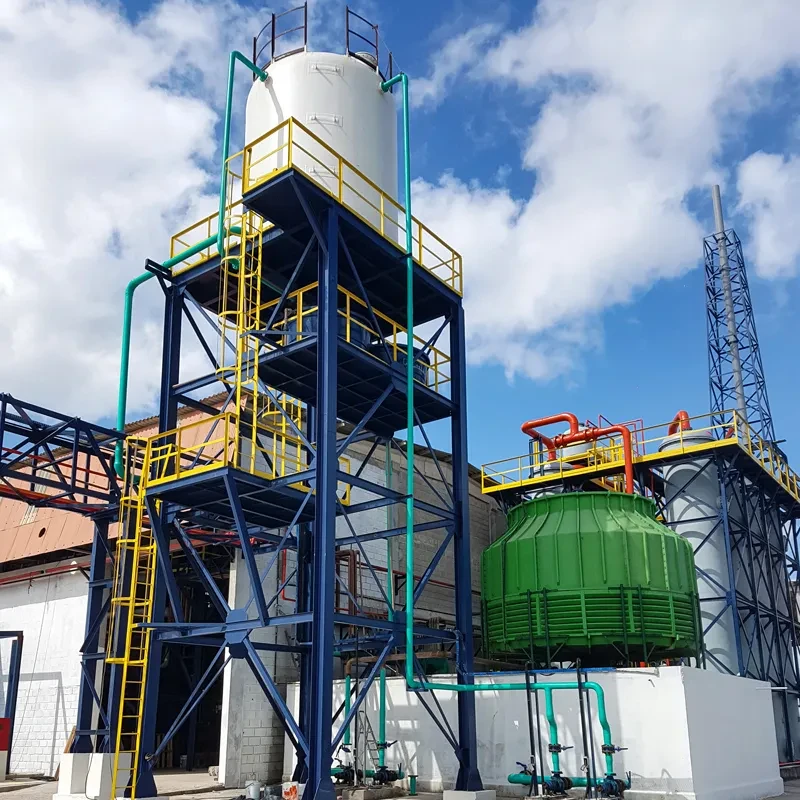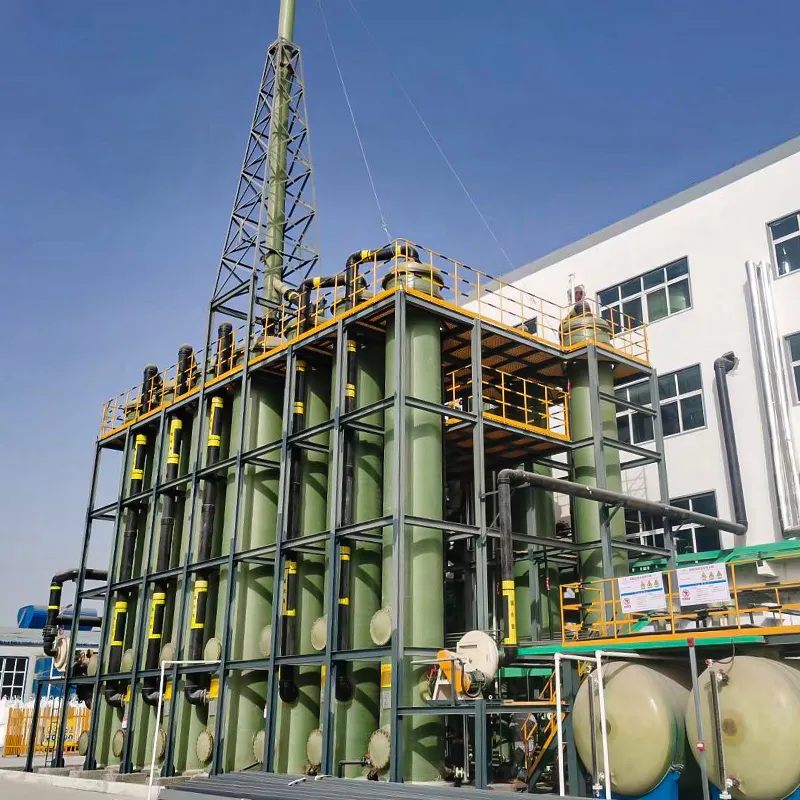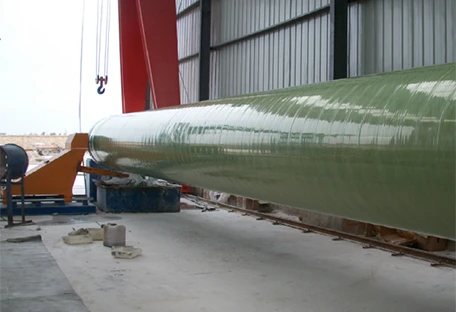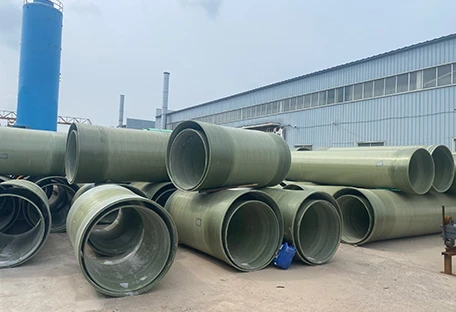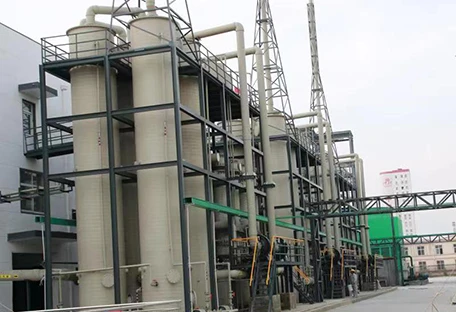Precision and Power with the FRP Pultrusion Machine
The composite manufacturing world is rapidly evolving, and at its core stands the innovative frp pultrusion machine—a high-performance solution for continuous production of fiber-reinforced polymer profiles. From structural beams to cable trays and rods, this machine delivers consistency, strength, and efficiency that modern industries demand.
Optimizing Tensile Force in the FRP Pultrusion Machine for Maximum Output
One of the defining elements of a quality frp pultrusion machine is its ability to synchronize tensile force with the inherent strength of the composite material. This alignment ensures that fibers such as fiberglass or carbon fiber are pulled smoothly through the heated die without breakage or internal stress.
Top-tier pultrusion machine manufacturers now equip their machines with intelligent servo-controlled traction systems. These systems dynamically monitor the pull force and respond instantly to changes in fiber resistance. Whether working with solid rods or hollow profiles, this level of control helps maintain structural integrity throughout the pultrusion process.
In high-performance applications such as civil construction or aerospace, even minor inconsistencies can result in rejected batches. That’s why selecting the right frp pultrusion machine—with precise tensile calibration—is a smart investment in quality and long-term production stability.
Adjusting Speed and Temperature on the Pultrusion Machine for Superior Performance
Another core advantage of today’s advanced pultrusion machine models lies in their adaptive speed and temperature controls. Unlike older systems, modern equipment allows operators to fine-tune line speeds from 0.1 m/min to over 2 m/min depending on the complexity and curing rate of the resin system.
Simultaneously, the temperature inside the heated die is crucial. Most frp pultrusion machine models now use multi-zone PID temperature control systems, allowing each section of the die to be independently monitored and adjusted. For thermosetting resins like polyester or epoxy, these settings are vital to achieving uniform curing and optimal mechanical strength.
Adjusting these variables is not guesswork—it’s science. And the best pultrusion machine manufacturers provide digital HMIs (human-machine interfaces) for quick configuration, memory presets, and real-time feedback. The result is consistent, repeatable, high-speed production of FRP profiles that meet global standards.
Common Issues with the Pultrusion Machine and Expert Troubleshooting
Like all precision equipment, even the most reliable frp pultrusion machine can occasionally run into challenges. One of the most common faults is uneven curing or warping, often caused by inaccurate die temperature settings or poor fiber alignment. To address this, operators should verify that the die is clean, fiber bundles are well-organized, and resin impregnation is complete.
Another frequent issue is slippage during traction. This is often due to worn-out grippers or incorrect synchronization with the pulling system. Advanced pultrusion machine models feature automated traction force feedback that alerts operators before performance degrades.
Blockages within the die can also occur, typically because of excess resin buildup. A smart practice is to schedule regular maintenance and keep temperature logs, especially during extended production runs.
Leading pultrusion machine manufacturers now include integrated diagnostic systems and remote support options. This allows real-time troubleshooting and minimizes downtime. If you're comparing options, consider the availability of these intelligent maintenance tools when reviewing pultrusion machine price quotes.
Evaluating Pultrusion Machine Price and Choosing the Right Manufacturer
Investing in a frp pultrusion machine is not just about the upfront cost. The true value lies in performance consistency, ease of operation, and after-sales service. When comparing pultrusion machine price options, it's important to evaluate total cost of ownership—including maintenance cycles, energy consumption, and training support.
Entry-level machines may appeal to budget-conscious startups, but they often lack customization and scalability. In contrast, high-end systems from experienced pultrusion machine manufacturers offer superior resin flow control, temperature management, and modular expansion options.
Whether you're producing window profiles, handrails, or customized structural composites, the ability to scale matters. Leading brands also offer flexibility in die design and pulling station length, enabling seamless upgrades as your business grows.
By investing in a professional-grade pultrusion machine, you not only streamline production but also open doors to new product lines and industry certifications. With today’s demand for sustainable and corrosion-resistant materials, there’s never been a better time to upgrade.
FRP Pultrusion Machine FAQs
How does a frp pultrusion machine work?
A frp pultrusion machine continuously pulls reinforced fibers through a resin bath and then through a heated die to form solid profiles. The machine applies calibrated tension and heat to cure the resin, creating strong, uniform composite products.
What is the right pulling force for a pultrusion machine?
The pulling force of a pultrusion machine must match the fiber-resin resistance. Top machines feature servo-controlled systems that automatically adjust the force based on fiber type, profile complexity, and production speed.
How do I choose between pultrusion machine manufacturers?
Look for pultrusion machine manufacturers with experience, global certifications, strong after-sales service, and flexible customization options. Consider their track record, client testimonials, and support services.
What affects the pultrusion machine price?
Pultrusion machine price depends on line speed, automation features, die size, and control systems. High-end models cost more upfront but provide better performance, faster ROI, and longer lifespan.
What maintenance does a frp pultrusion machine require?
Routine maintenance includes die cleaning, traction gripper checks, resin system monitoring, and software updates. Advanced frp pultrusion machine systems provide self-diagnostics and scheduled service alerts to reduce downtime.

